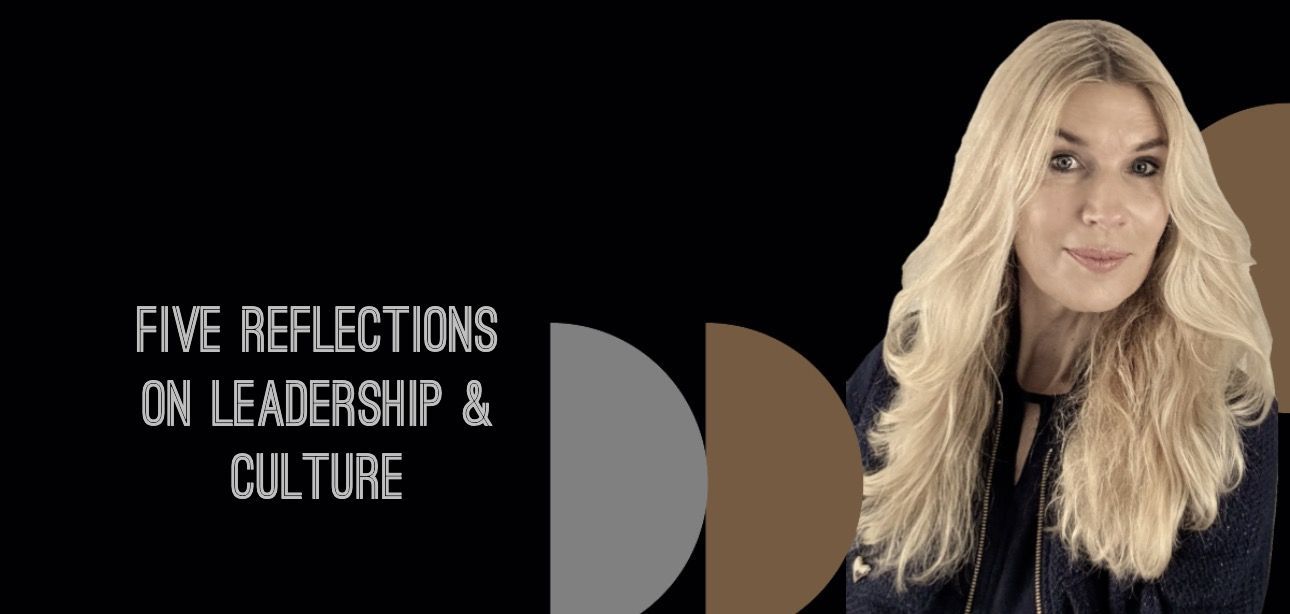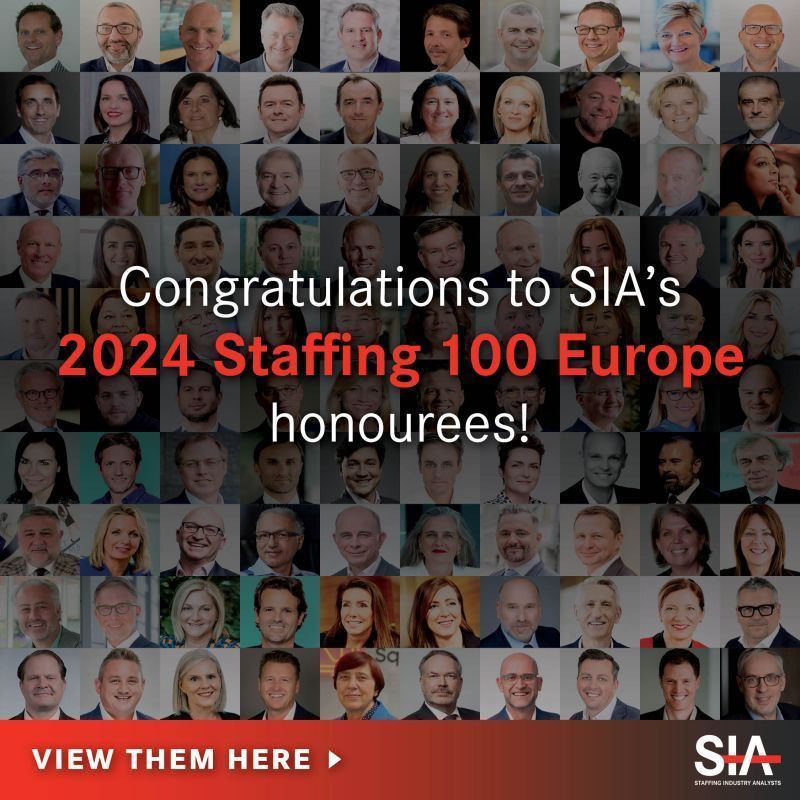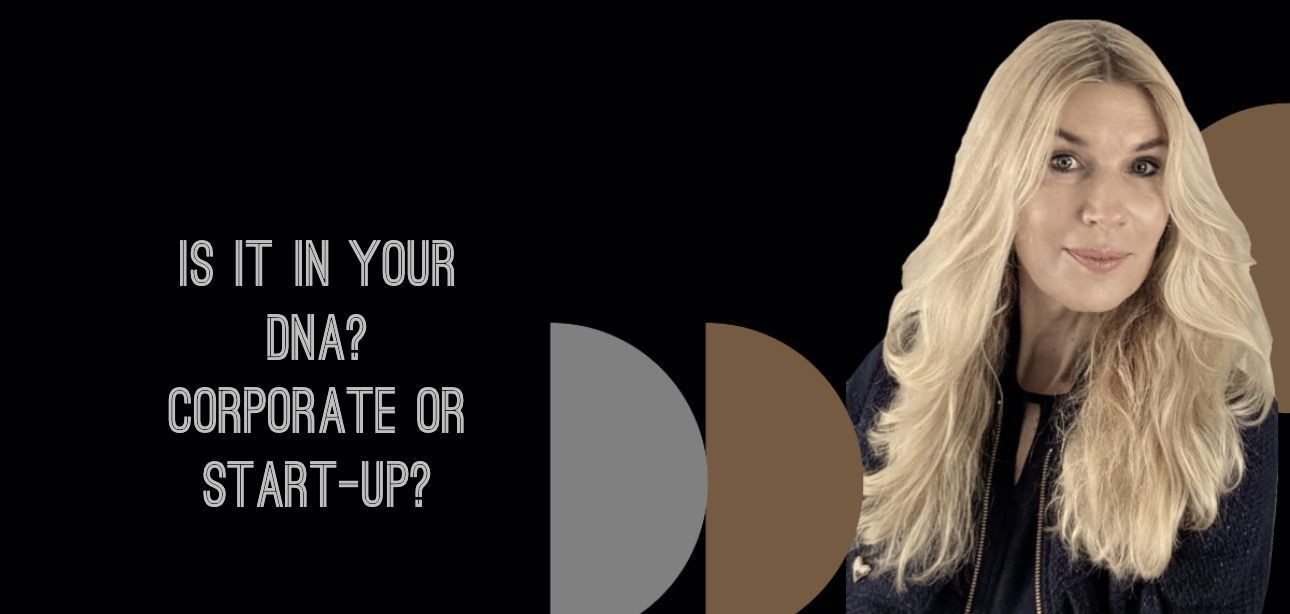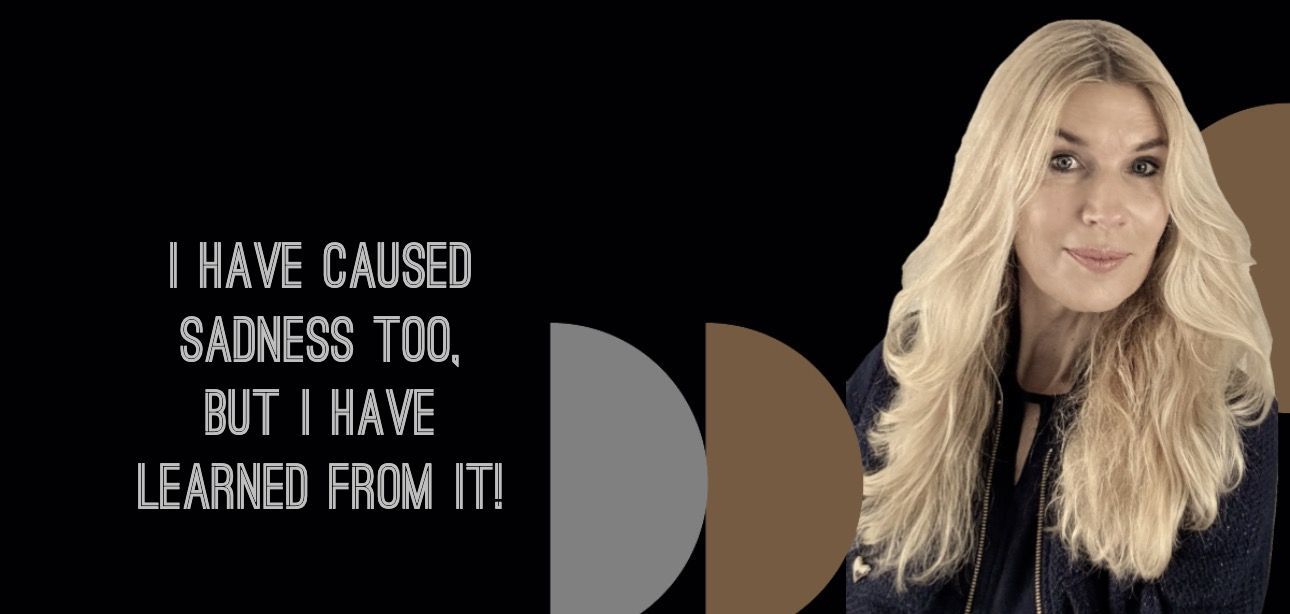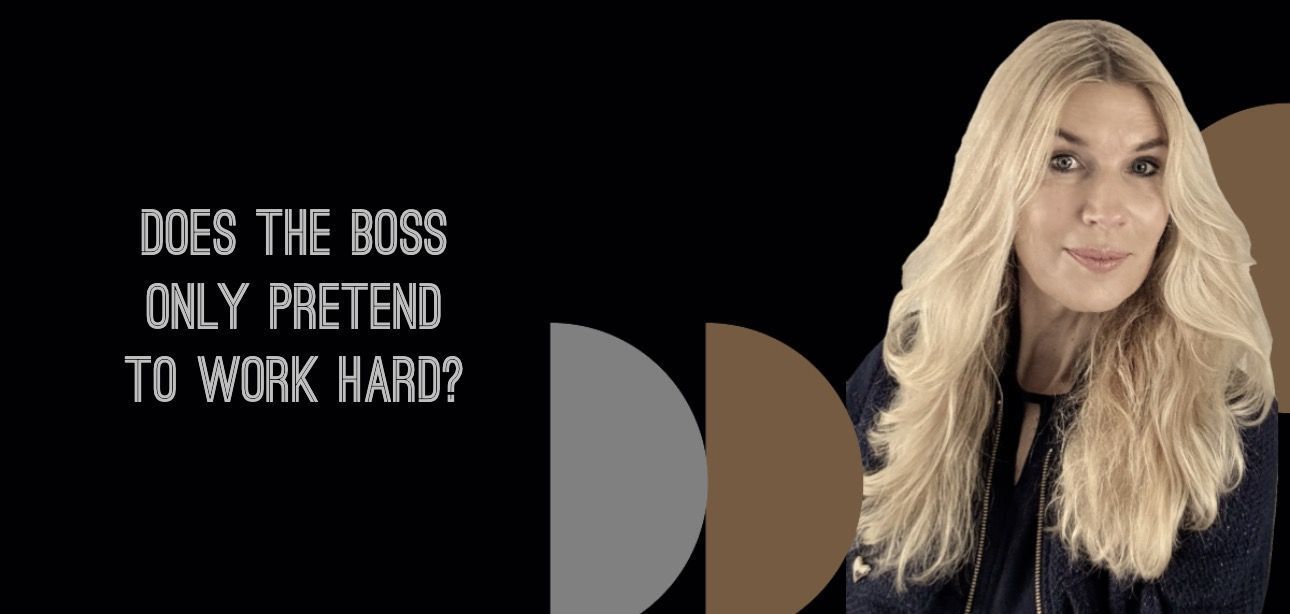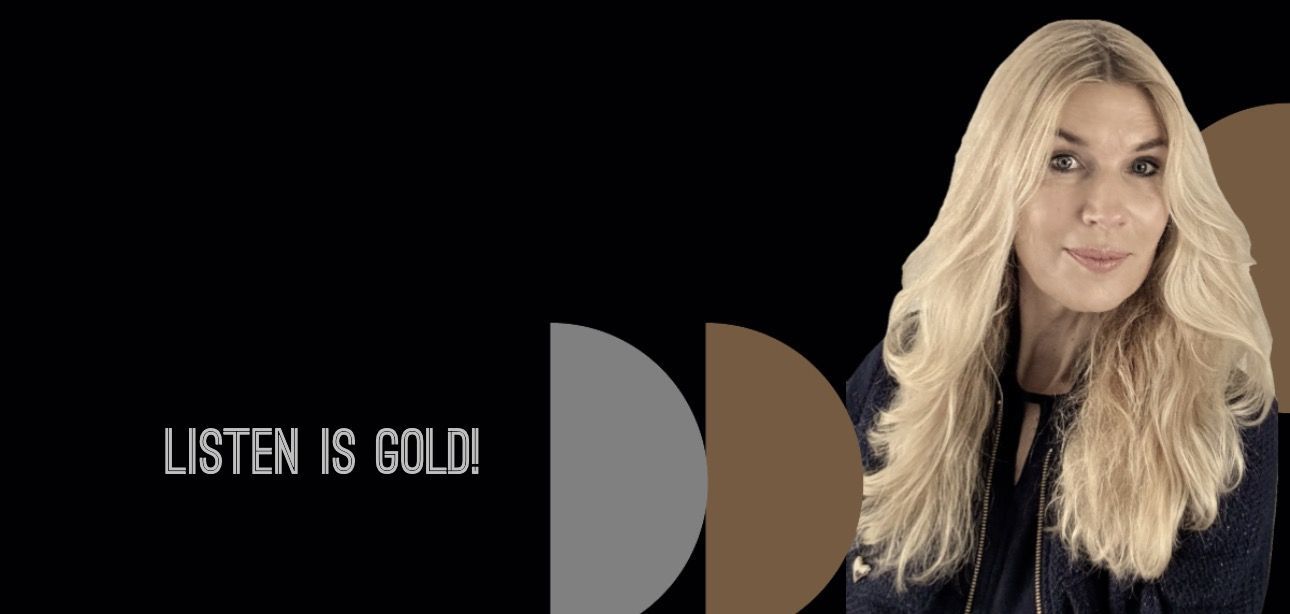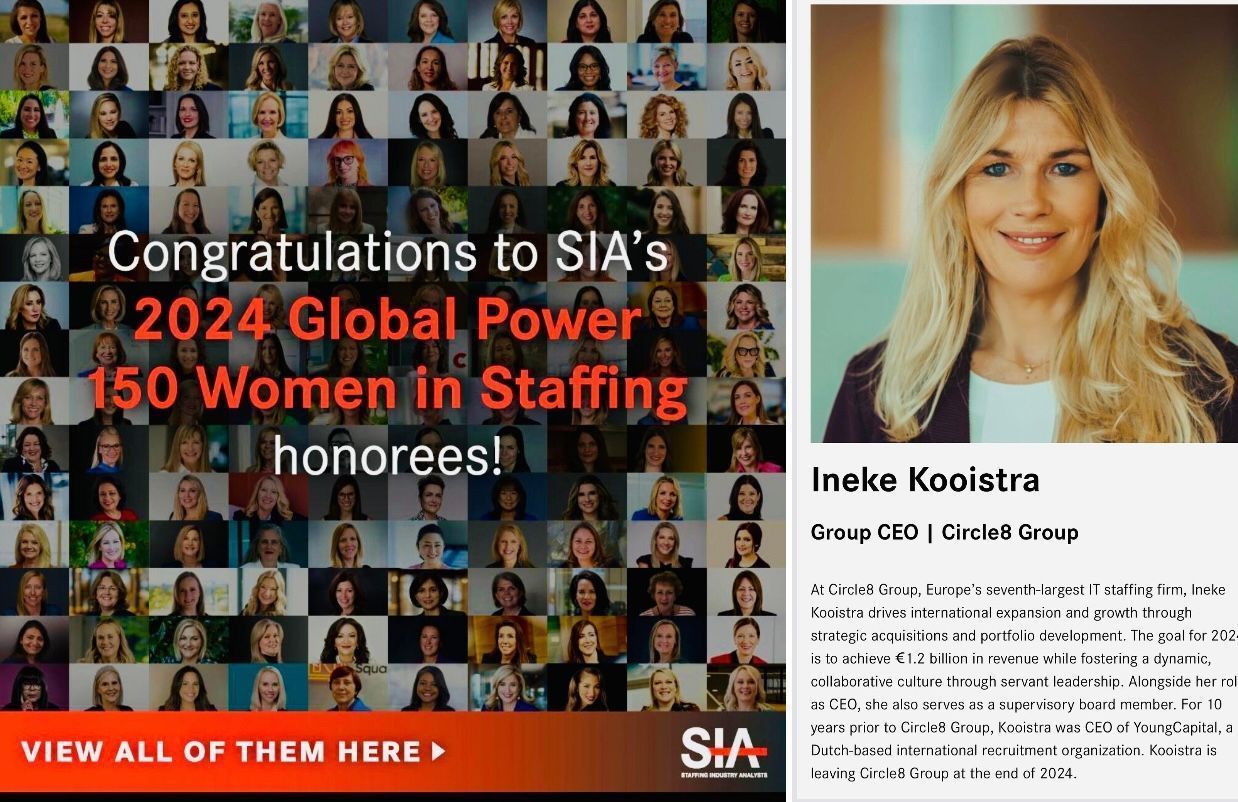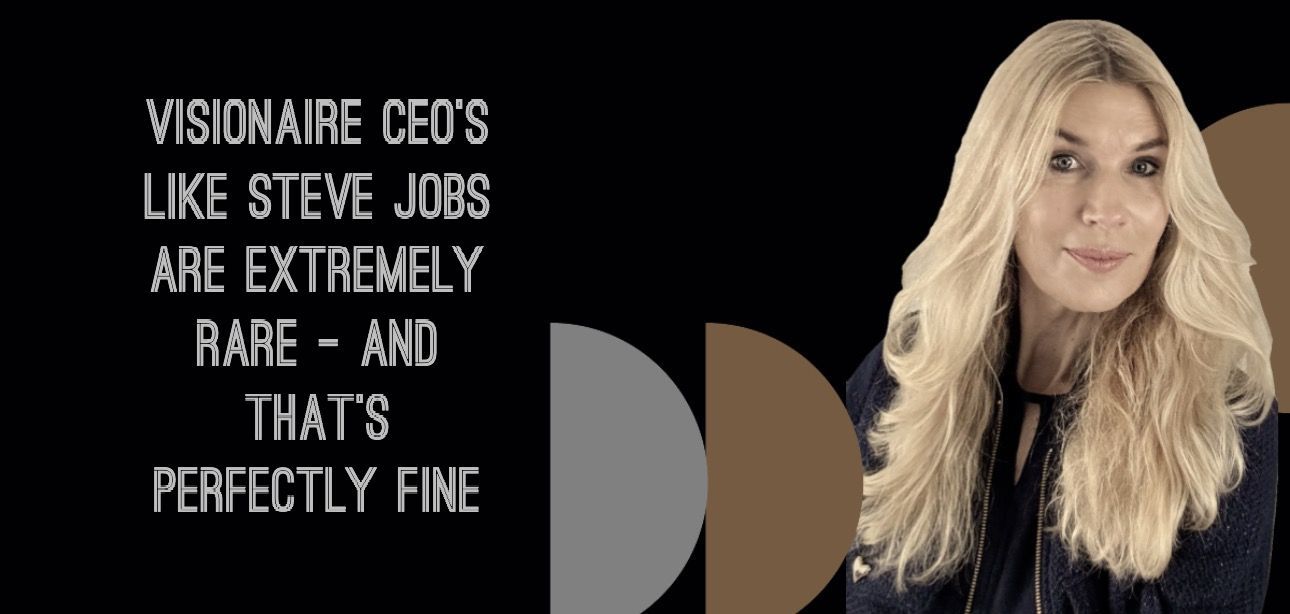After 12 Years, It’s Time to Replace Every Manager, Director, or CEO
A deal is a deal, said the manager. But what if that deal was made ten years ago, and no one remembers the details? This scenario highlights why keeping your organisation fresh is vital. Long-term leadership can lead to entrenched ideas and stifled innovation.
As a leader, manager, or CEO, you must consistently evaluate whether your team members are still in the right roles. This isn’t a once-in-a-while task—it requires constant attention and reflection, especially when individuals have been in the same positions for years. Let me share a recent example that took me by surprise.
An Informal Agreement
At an organisation I work closely with, a manager made a verbal agreement with another company back in 2013 regarding a specific process. This arrangement, based on mutual trust, was never formally documented.
Fast forward more than a decade, and this old agreement resurfaced. However, none of the current contacts at the company were aware of it because all the original stakeholders had since moved on. As a result, the process unnecessarily stalled.
The world has changed dramatically in ten years. What seemed sensible then no longer fit today’s reality. Yet, the manager rigidly adhered to the principle of “a deal is a deal,” showing no flexibility or creativity.
What troubled me most wasn’t the content of the agreement itself but the fact that, over all those years, no one had challenged or reviewed the situation. This manager had been making unilateral decisions for 15 years.
Embrace Change
How do you prevent your organisation from becoming stuck in old habits? How do you ensure your team stays sharp and avoids falling into routine? The answer is simple: keep evolving.
I firmly believe it’s unhealthy for anyone—be it a manager, director, or CEO—to remain in the same role for more than 12 years, regardless of the organisation. Introducing fresh perspectives, rotating roles, or even temporarily stepping away from the company can bring renewed energy.
While there are exceptions, in most cases, a lack of turnover makes an organisation less dynamic and adaptable. Even founders and owners should consider shifting roles or handing over management responsibilities from time to time.
The Danger of Stagnation
People who stay in the same position for too long often feel like they’ve seen it all before. New ideas? They’ve already been tried. Innovations? Quickly dismissed as unworkable or previously unsuccessful. Some even become set in their ways, convinced they’re always right—a mindset that poses a real threat to your organisation.
Having served as a CEO for a decade, I was acutely aware of the risks of stagnation, ego, and limited perspectives. It’s essential to give new ideas a chance, even if they’ve failed before. Every failure provides an opportunity for improvement.
Moreover, the success of an idea isn’t always about the product or service itself—it often depends on the right person with the right drive at the right time.
The "Six-Eyes" Principle
Stepping away from a familiar role often brings fresh insights. Interim positions, for example, aren’t for everyone, but they can be incredibly refreshing. I’ve experienced this myself in my current assignment.
That said, I understand why not everyone takes this step—whether due to financial security, approaching retirement, personal comfort, ego, or power.
When leaders and employees remain in their roles for extended periods, they’re often left undisturbed. Performance reviews fade away, KPIs lose relevance, and communication becomes one-sided. “I trust you 100%; you’re the expert or senior,” is a common sentiment. While this may feel comfortable for both parties, it’s where the danger lies.
To drive progress, it’s essential to maintain clear agreements on input, output, behaviours, and contributions from colleagues and customers. Building a top-tier culture where people feel safe and valued requires listening to this input.
The Courage to Evolve
So, do you, as a leader or manager, dare to critically evaluate your role and those of others? Can you create a culture where change is the norm rather than the exception? It’s easy to cling to what has always worked, but that doesn’t mean it’s still relevant.
As leaders, we must ask ourselves: Are we encouraging enough fresh ideas and perspectives within our teams? Do we have the courage to let go of what once made us successful but is now outdated?
The future of your organisation depends on it.
Delen
Ineke Kooistra Blog & Articles

